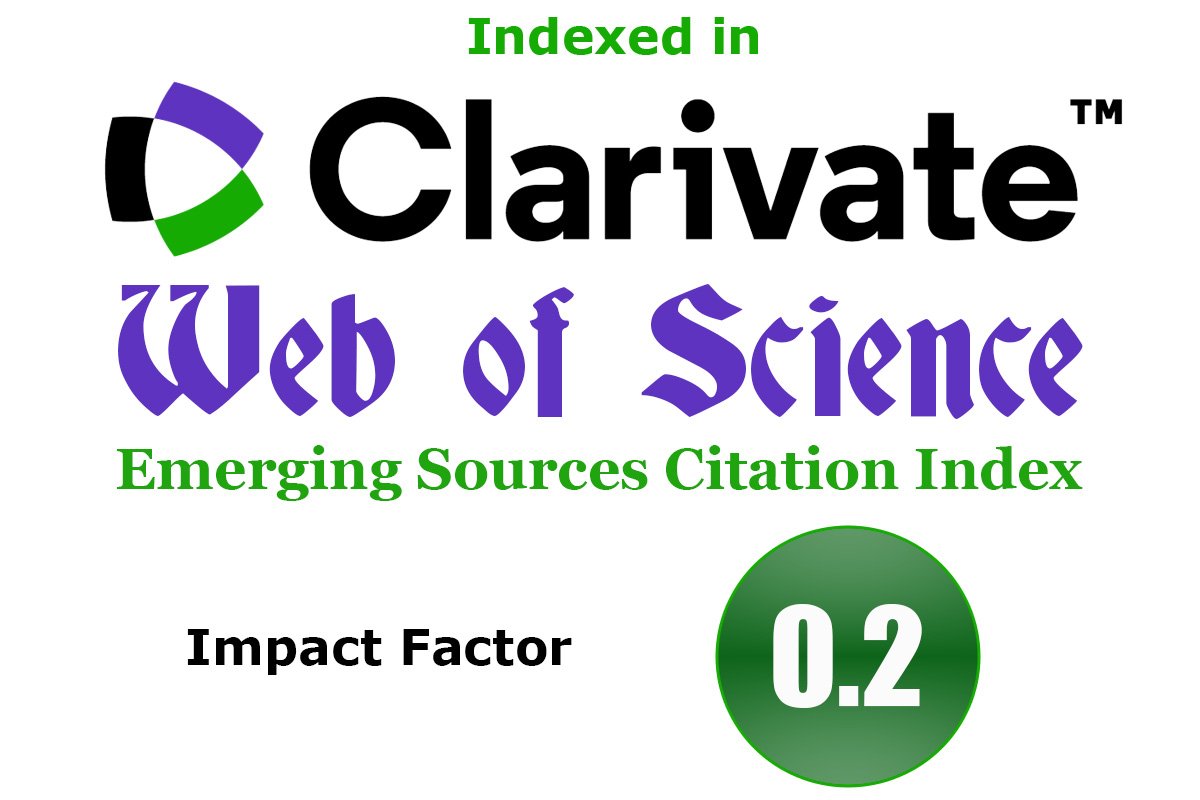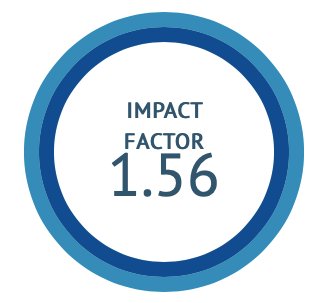Quantitative estimation of secondary metabolites, in-vitro antioxidant, anti-inflammatory and anti-sickling activity of leaf of Ficus virens Aiton.
DOI:
https://doi.org/10.47552/ijam.v16i1.5317Keywords:
Ficus virens Aiton, Anti-inflammatory, Anti-oxidant, Total phenolic content, Sickle cell anemiaAbstract
Sickle cell anaemia is a severe global disease marked by oxidative stress and painful episodes. This study evaluates the antioxidant, anti-inflammatory, and anti-sickling properties of the ethanolic extract of Ficus virens Aiton leaves. Total phenolic (TPC), tannin (TTC), and flavonoid (TFC) contents were assessed spectrophotometrically, while antioxidant activity was measured using DPPH, anti-inflammatory activity via the HRBC method, and anti-sickling effects through Emmel and reversibility tests. The extract showed high TPC (79.84±2.77 µg/mg GAE), TTC (10.51±0.62 µg/mg GAE), and TFC (132.62±6.69 µg/mg QE). It significantly reduced haemolysis (12.19±1.84% at 2000 µg/ml) and exhibited strong antioxidant activity (89.34±0.56% DPPH scavenging at 75 µg/ml, IC50: 22.76±1.01 µg/ml). The extract also demonstrated a high sickle cell reversal rate (84.13±0.25% at 10 mg/ml after 150 min), comparable to phenylalanine (85.71%). These results highlight Ficus virens Aiton as a promising candidate for treating inflammation and sickle cell anaemia.
Downloads
Published
How to Cite
Issue
Section
License
Copyright (c) 2025 International Journal of Ayurvedic Medicine

This work is licensed under a Creative Commons Attribution-NonCommercial-ShareAlike 4.0 International License.
The author hereby transfers, assigns, or conveys all copyright ownership to the International Journal of Ayurvedic Medicine (IJAM). By this transfer, the article becomes the property of the IJAM and may not be published elsewhere without written permission from the IJAM.
This transfer of copyright also implies transfer of rights for printed, electronic, microfilm, and facsimile publication. No royalty or other monetary compensation will be received for transferring the copyright of the article to the IJAM.
The IJAM, in turn, grants each author the right to republish the article in any book for which he or she is the author or editor, without paying royalties to the IJAM, subject to the express conditions that (a) the author notify IJAM in advance in writing of this republication and (b) a credit line attributes the original publication to IJAM.




